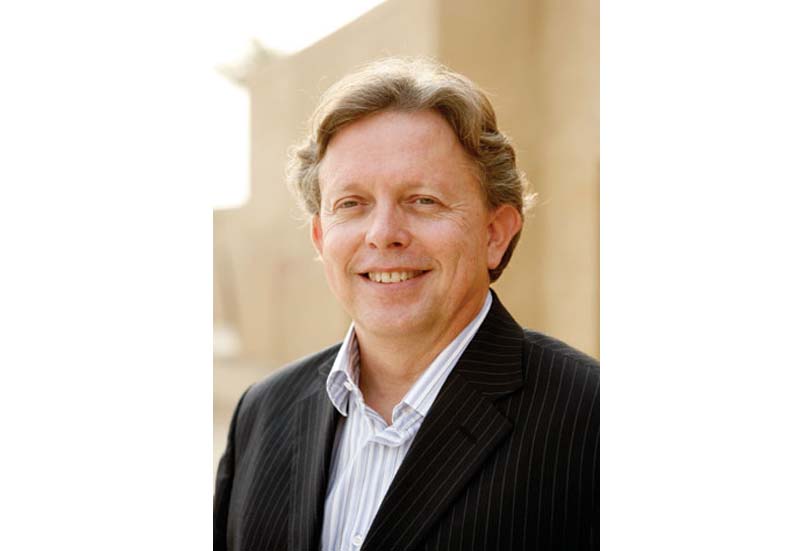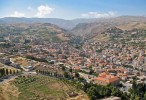A strong wind may not cause any discomfort to those on the ground but if a water jet hits the wind, it could pose great health and safety risks, he explains.
"Once in the first season we had to stop the performance mid-show because weather is fickle, but out of 210 performances that's not bad. There was water all over the stage and performers were slipping," reveals Viljoen.
The unique environmental challenges posed by the desert are therefore ongoing, although the team is now experienced in its various nuances, all of which help to create a unique show, with the jet choreography changing all the time, explains Jumana's creative director Gerhard Meyer, a film-making expert from South Africa.
"You have to live the desert to know what it's about, no question," asserts Viljoen.
The fact that the show was such a niche project was also a challenge initially.
"At the outset there was no technology in Dubai that we could use, so everything had to be imported from Europe," says Meyer, adding that most technologies are from French companies such as Groupe F.
"We've been pioneers in a big way and we don't mind people knocking on the door. We've learned lessons - sometimes in a hard way," adds Viljoen, who has already developed a good relationship with the team behind Universal Studios Dubailand.

Advertisement
Show USPs
Alongside the development of the Al Sahra amphitheatre was the creative development of the show itself, which fell largely to Meyer.
"The show comes out of a genre that is not often talked about and this is imagistics theatre," says Viljoen.
"Imagistics shows involve water, light, laser, sound, pyrotechnics (two branches; fireworks and flame), animals and a human element - performers," he explains.
"The French refined the typical light-laser-sound show and we've taken that one step further. What we also had to look at was the acceptance of this concept in this part of the world - the UAE specifically - and we had to hybridise the imagistics concept.
"Pure imagistics would not normally have a voice-over. We have Omar Sharif as the story-teller, which is very Arabic and that part we really like. There's a narrative; it starts with 'once upon a time' and concludes with 'lived happily ever after'. Otherwise, imagistics becomes too abstract to be understood by an audience," says Viljoen.
The key to the wow factor of the show, he adds, is the unexpected; it is full of surprises.
Not only is the genre of the show a USP, but so too is its "Arabic-ness", continues Viljoen, adding that the performers are recruited from Arabia and that the food and beverage (F&B) is Arabic fusion.
"This was always a mission of ours - to keep the core of Al Sahra as Arabic as possible," he says. "I think the USP of the resort ultimately has to be, and will be, the 'Arabic-ness' of it, if there is such a word. And that to me is not just Arabesque," says Viljoen.
Meyer adds: "The Arabian essence of Jumana is unique; there is no other show like it elsewhere in the world at the moment".









 Search our database of more than 2,700 industry companies
Search our database of more than 2,700 industry companies









